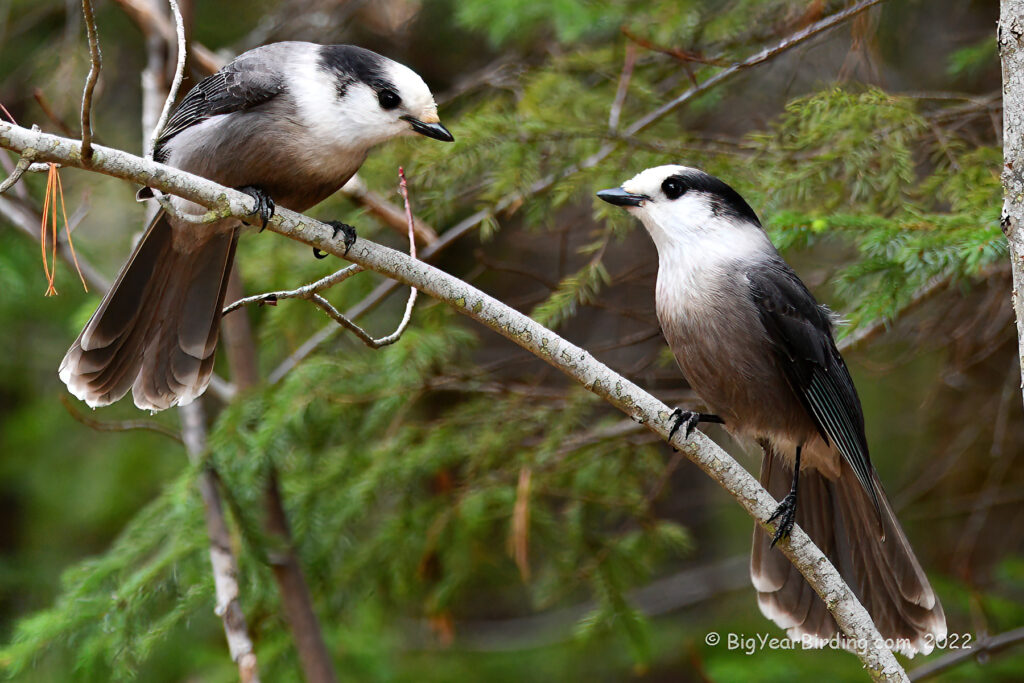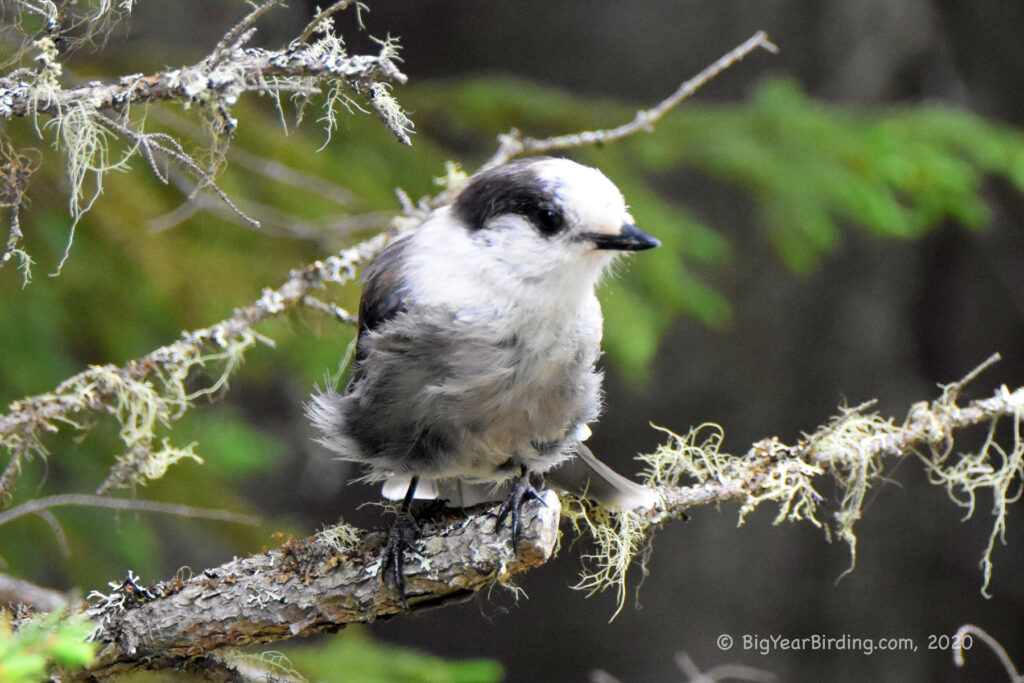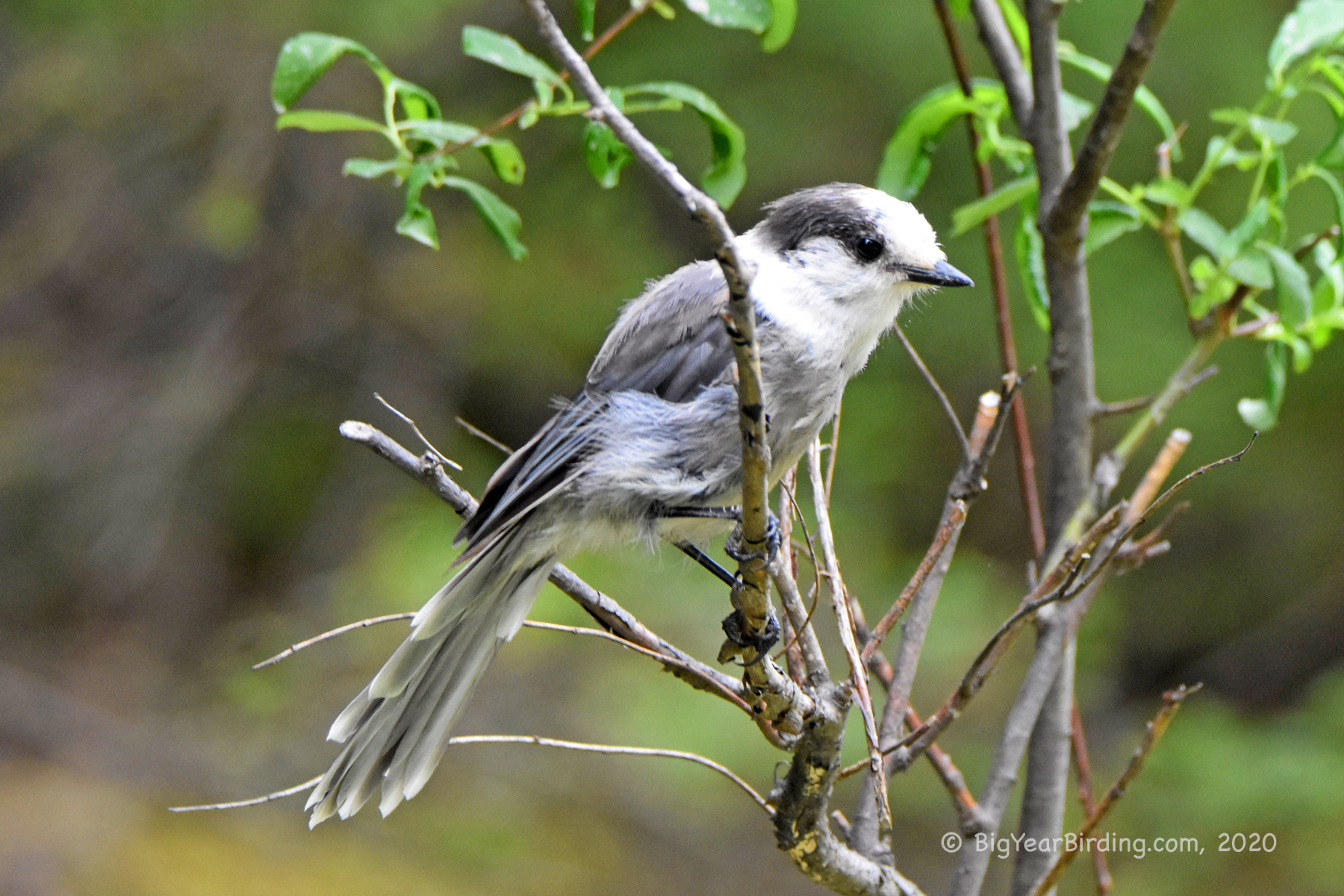The Canada Jay, also known as the Gray Jay, is a small songbird native to North America. Adults typically measure between 9 to 12 inches in length, with a wingspan of about 18 inches. They weigh between 2.5 to 3.5 ounces, making them one of the heaviest passerine birds in North America. The Canada Jay is known for its soft, fluffy plumage, which is mostly gray with a lighter underside. They have a distinctive black cap and throat, as well as a short bill.
One of the most distinguishing features of the Canada Jay is its fearlessness around humans. They are known for their boldness and will often approach hikers or campers looking for food. They have also been observed stealing food from other birds, such as grouse or owls. The Canada Jay’s behavior and distinctive plumage make them easy to spot in the wild.
Canada Jays are non-migratory birds, meaning they do not undertake long-distance migrations like some other bird species. Instead, they are year-round residents in their home range. They are found in coniferous forests across Canada and Alaska, as well as in parts of the northeastern United States. Canada Jays are well adapted to living in cold climates and are known to cache food during the summer months in order to survive the harsh winter.
The Canada Jay is a member of the Corvidae family, which includes crows, ravens, and magpies. Like other corvids, Canada Jays are highly intelligent birds and have been observed using tools, such as twigs, to extract food from crevices. They also have excellent memories and are able to remember the locations of their food caches, even months after they were buried.

In recent years, the Canada Jay has become a symbol of Canadian wilderness and has been featured on postage stamps, coins, and even as the official bird of the Canadian province of Quebec. Despite their widespread popularity, however, the Canada Jay faces a number of threats, including habitat loss due to deforestation and climate change. Conservation efforts are underway to protect the species and its habitat, and to ensure that future generations can continue to enjoy these fascinating birds in the wild.


